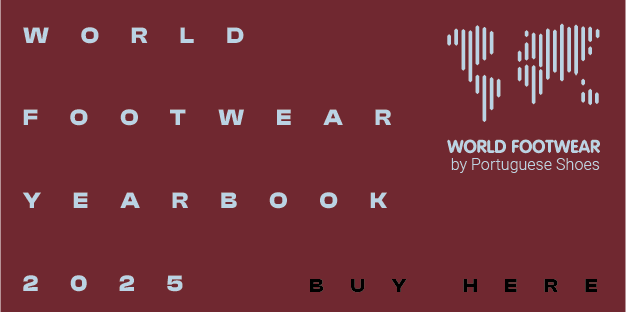German footwear industry at a standstill

The German footwear industry remains cautious, according to the industry association HDS/L, and does not expect an upturn in the second half of the year
“Since legislators are still unable to improve the economic basic conditions, the hoped-for recovery in the spring did not materialise. Noticeable inflation, uncertainty such as in the German Buildings Energy Act, continued increased bureaucracy and bad infrastructure lead to ongoing consumer restraint”, sums up the Federal Association of German Footwear and Leather Goods Industry (HDS/L)
According to the data released by HDS/L, in the first half of the year, German footwear manufacturing sales were around 1.15 billion euros, a slight decrease of 1.7% from 1.17 billion euros in the same period of 2023.
Domestic sales contributed 877 million euros, up by 1.98% from 860 million euros in the same period last year, and foreign sales contributed 273 million euros (167 million euros within the EU), down by 11.07% from around 307 million euros in the same period last year.
On a more positive note, in terms of value, sales adjusted for inflation are roughly at the level recorded before the COVID-19 pandemic (956 million euros in the first half of 2019).
Employment
Employment in the German footwear sector is currently stable, as the number of companies with at least 50 employees (33) remained stable until June 2024. The annual average number of persons employed in these companies in 2024 is around 9,219, compared with around 9,046 in the previous year. Including smaller companies, the footwear manufacturing sector employs around 15,700 people.Foreign Trade
In the first semester of 2024, German footwear exports generated 5.2 billion euros, an increase of 1.86% as compared to 5.1 billion euros in the same period of last year. Poland and France remained the main destination markets for German footwear.In terms of value, footwear exports to Poland increased by 2.34% in this period to 786 million euros from 768 million euros in the first half of 2023. For France, however, exports fell by almost 1.8% to 493 million euros from 502 million euros in the first half of 2023.
HDS/L notes that imports took a significant hit in this period. Overall, Germany imported 5.80 billion euros worth of footwear from January to June, a decline of 7.5% as compared to 6.27 billion euros in the same period a year ago. In terms of country of origin, Vietnam overtook China as the main source of footwear in value terms, followed by India.
Prices
The data shows that footwear producer prices have stagnated or increased very little in nominal terms. In the first half, the increase was 0.44%, as compared to 1.07% in the same period in 2023. However, consumer prices for footwear rose by around 4.16%, as compared with an increase of 0.4% in the first half of 2023.Overall, the footwear industry “sees few signs of an upturn in the second half of 2024. It can even be expected that owing to the numerous additional bureaucratic burdens, footwear will be significantly more expensive next year”, warned Manfred Junkert, Managing Director of the Federal Association of the German Footwear and Leather Goods Industry.
German Footwear Industry
According to the World Footwear 2024 Yearbook (more information available HERE), Germany is the world’s second-largest importer and fourth-largest exporter in terms of value. Its small domestic industry, primarily located in Rhineland-Palatinate, faced challenges in 2023 due to the economic slowdown. Consumption declined, leading to a fall in production and imports. However, exports grew in value but not in volume, thereby reducing the country’s footwear trade deficit to a 10-year low.Image Credits: Prometheus on Unsplash

















